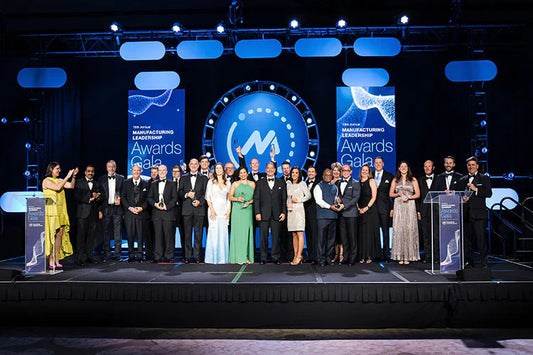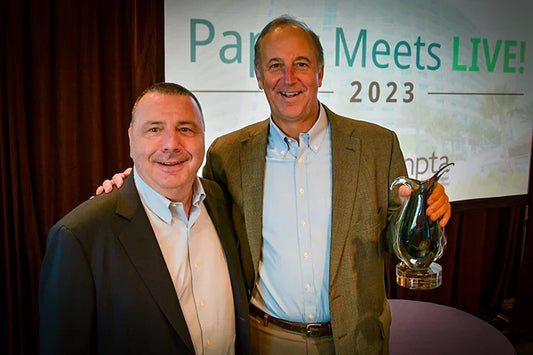The Woman Who Invented Liquid Paper®

To celebrate Women’s History Month, Hammermill® paper is sharing the story of Bette Nesmith Graham, the innovative bank secretary who invented the game-changing business product, Liquid Paper.
Back in the 1950s, most business documents were created on electric typewriters. For secretaries, these machines were both good and bad. While they allowed faster typing, the keys were more sensitive than non-electric models, leading to more typos. And the carbon-based ink in their ribbons was nearly impossible to erase neatly. As a result, a single typo meant retyping a whole sheet — until Bette Nesmith Graham came along.
Her Artistic Inspiration
In 1954, Bette was a divorced single mother, raising her son Michael alone. She had done well enough to become the executive secretary to the Chairman of the Board of a Texas bank. But she had never been a great typist and was frustrated by the fact that she couldn’t fix her typos easily.
As a girl, Bette loved art, learning how to oil paint from her mother. Inspired by the idea that artists cover over their mistakes with paint, she began experimenting with white tempura paint, mixing the color to match the bank stationery, then brushing it over her typos.
A Kitchen-and-Garage Operation
In the beginning, Bette used her kitchen blender to mix her correction fluid, which she called Mistake Out, for her fellow bank secretaries. She hired her son and his friends to work out of her garage for $1 an hour. They poured her mixture into empty nail polish bottles, cut the nail polish brushes at an angle for easier application, and applied the labels by hand.
While she couldn’t afford a patent in those early days, Bette forged ahead with improvements like a quicker-drying formula. She sold her first batch of Mistake Out in 1956, and before long she was selling about 100 bottles per month.
Fired, Then Launched
In 1958, Bette was fired from her bank job for spending too much time on her invention. But that same year, she applied for — and received — a patent for her newly named product, Liquid Paper. One of her first big corporate clients was General Electric.
By 1968, she had built an impressive headquarters in Dallas, as well as her first automated production plant. By the mid-1970’s, at the height of her success, her company was making 25 million bottles of Liquid paper a year. She sold the company to Gillette in 1979, for $47.5 million.
Giving Back to Women Like Herself
When Bette became wealthy, she treated herself to a Rolls Royce. But because she understood the challenges that women of her time faced, she also established two foundations: one to support women in the arts, the other to support women in business. When Bette died in 1980, her son (former member of The Monkees, Mike Nesmith) took over her foundations and continued to support ambitious women like his mom.


